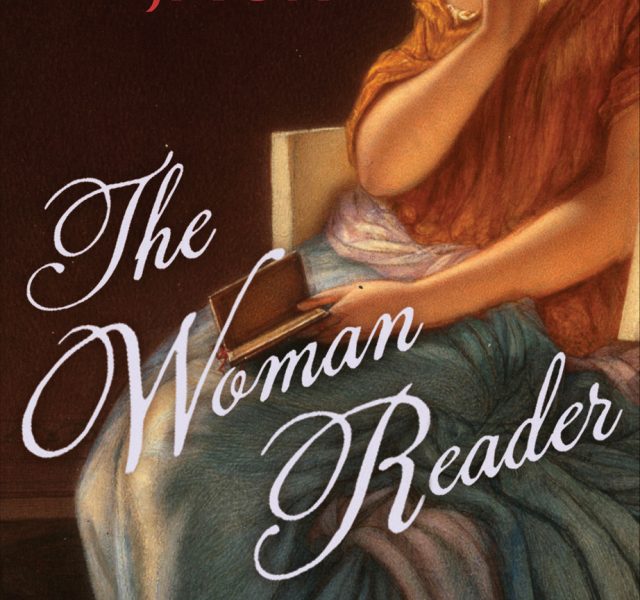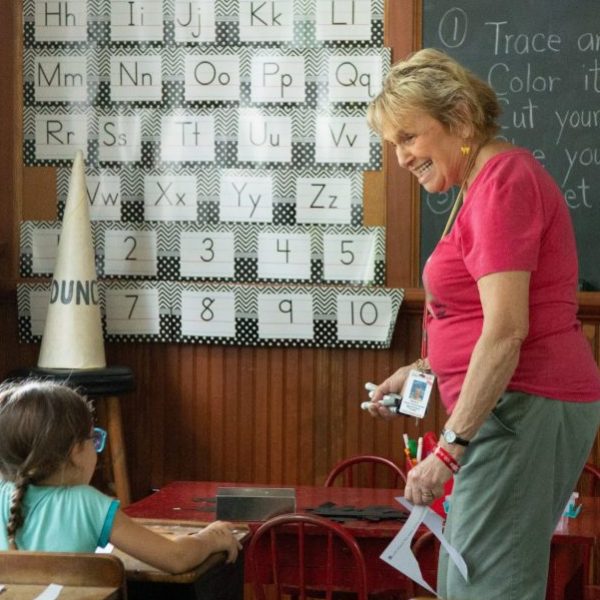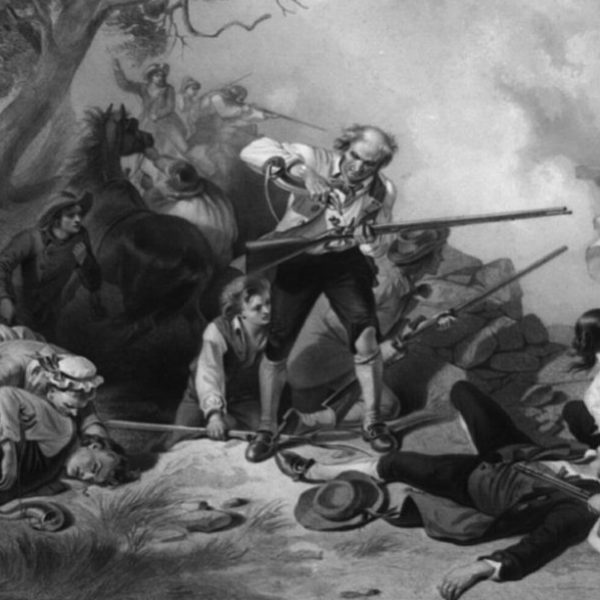The Right to Read: Belinda Jack on the History of Women’s Literacy

Belinda Jack
From ancient Babylonian princesses and rebellious medieval nuns to Nineteenth-century New England mill girls and the women of modern day Afghanistan, women readers have sparked controversy in every era of human history. In her new book, The Woman Reader, Belinda Jack traces the stories of these women, which are marked by persistent efforts to prevent them from gaining literacy or reading what they wish. She also recounts the counter-efforts of those who have battled for girls’ access to books and education. Here, Jack reflects on the inspiration for her book and why the battle for women’s right to read is far from over.
Belinda Jack—
In my early teens I was surprised, delighted and disconcerted by Colette’s The Ripening Seed. It was the first novel I read that described erotic encounters and it had a similar effect on me as reader. I had been delighted, frightened, amused, informed and saddened by books before but this was something new and quite different. I realised that the power of reading could now be experienced in another dimension.
I grew up in a bookish family but now looking back I see that my parents were different kinds of readers. My father was a bibliophile and his first love was poetry. He read a good deal of biography and delighted in expensive art books. My mother, on the other hand, was a lover of the novel and of the malleable paperback that could be read almost anywhere. They both had firm views about what children should and shouldn’t read and I was aware early on that my own reading was subject to greater censorship than my brothers’.
I was born the year the second edition of Lawrence’s Lady Chatterley’s Lover was published in the U.K. The earlier trial of Penguin Books under the Obscene Publications Act of 1959 had created a furore. The new act allowed for publishers to avoid conviction if it could be demonstrated that a work was of literary merit. This Penguin succeeded in doing. But there had been fierce opposition. At one point the chief prosecutor, Mervyn Griffith-Jones, had asked if the book in question was one ‘you would wish your wife or servants to read’. The implication, of course, was the book might be corrupting of sexual morals and lead to relationships that transgressed class boundaries – imitating the central plot of Lawrence’s novel.
 Of all women’s reading the novel has been the most controversial. As soon as it started to be read more widely and the reading of poetry went into something of a decline, concerns were expressed in strong language. Anna Seward (1742-1809), poet and correspondent, in a letter penned on 17 August 1789, expressed a not atypical attitude: “The contemptible rage for novel-reading, is a pernicious and deplorably prevalent taste, which vitiates and palls the appetite for literary food of a more nutritive and wholesome kind. It surprises me that superior genius stoops to feed this reigning folly, to administer sweet poison for the age’s tooth….”
Of all women’s reading the novel has been the most controversial. As soon as it started to be read more widely and the reading of poetry went into something of a decline, concerns were expressed in strong language. Anna Seward (1742-1809), poet and correspondent, in a letter penned on 17 August 1789, expressed a not atypical attitude: “The contemptible rage for novel-reading, is a pernicious and deplorably prevalent taste, which vitiates and palls the appetite for literary food of a more nutritive and wholesome kind. It surprises me that superior genius stoops to feed this reigning folly, to administer sweet poison for the age’s tooth….”
Anxieties about women’s reading are not simply part of the Western tradition. In the early years of the seventeenth century in Japan women’s reading was the subject of lively debate as commercial booksellers in Kyoto started to publish the corpus of earlier fiction at affordable prices. Classics of the Heian period, particularly Ganji monogatari and Ise monogatari, and other works in the courtly female poetic tradition, were deemed wholly inappropriate. Nagata Zensai (1597-1664) was explicit in his criticisms: “… all educate their daughters with Genji monogatari and Ise monogatari. This is doubtless because they want them to compose waka [poetry]. What possible benefit can there be in women composing waka? People simply want to accustom women to lewd behaviour.” There were some women, however, who countered this argument. Nonaka En (1660-1725), who was a doctor, wrote a guide to female behaviour for a friend who was about to marry. She criticised women who were concerned above all with their looks and recommended reading as the best way to learn valuable moral lessons. Among the works she recommended were the Genji.
Despite all the suspicion and fear of women reading, throughout history there have been energetic advocates of women’s literacy. The most ubiquitous and influential image of a woman reader is, of course, of the Virgin Mary – although there are no references to Mary reading in the Bible.
Luther wanted the Bible to be available to everyone in their own mother tongue (as opposed to Latin) and had great respect for spoken languages. This runs in parallel with his profound respect for all people, whether educated or not. He writes, movingly: “You must ask the woman in her house, the children in the streets, the common man in the market, and look at their mouths, how they speak and translate that way; then they’ll understand and see that you’re speaking to them in German.” It is striking that Luther begins with the women and children and the need to understand their language, before considering the ways in which the Bible can be made accessible to them. Like Erasmus, Luther was deeply committed to enfranchising women as readers of the Bible. This was in part so that they could teach their children – an argument for women’s literacy that begins in classical Rome.
For many women readers today it’s easy to think that the history of women’s reading as a distinct story has come to an end. But in some parts of the world women continue to risk their lives reading material which those in authority have forbidden. In Herat, Afghanistan, under the Taliban, girls and women were excluded from education. A fellowship of women writers who belonged to the Herat Literary Circle set up a group called the Sewing Circles of Herat as a cover for establishing schools for women. The Golden Needle Sewing School was founded in the mid-1990s. Christina Lamb, journalist and writer, found out about it while visiting Afghanistan. It became central to a book she wrote about the country, Sewing Circles of Herat: A Personal Voyage Through Afghanistan, published in 2002. For five years women came to the school ostensibly to sew, but actually to read together. And most of their reading was made up of banned foreign titles:
They would arrive in their burqas with their bags full of material and scissors. Underneath they would have notebooks and pens. And once they got inside, instead of learning to sew, they would actually be talking about Shakespeare and James Joyce, Dostoyevsky and their own writing. It was a tremendous risk they were taking. If they had been caught, they would have been, at the very least, imprisoned and tortured. Maybe hanged.
Differences between men and women’s literacy and reading has often been seen as a litmus test of the relative positions of men and women in a society. This remains the case today.
Belinda Jack is Tutorial Fellow in French, Christ Church, University of Oxford. She is the author of George Sand: A Woman’s Life Writ Large and Beatrice’s Spell. Her newest book, The Woman Reader, is now available from Yale University Press.




